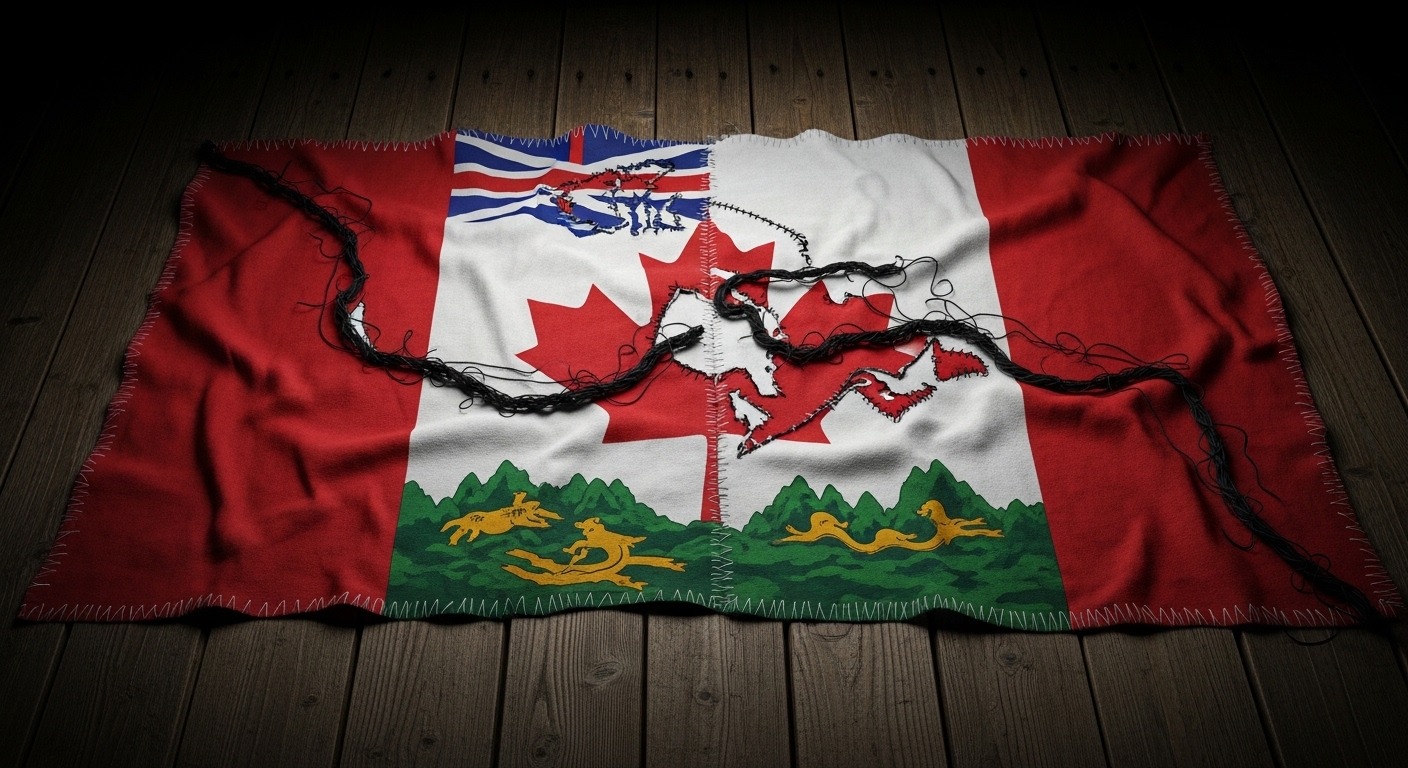It’s one of the most baffling paradoxes of the Canadian economy: a business in British Columbia can often face more red tape when selling its products in Ontario than when shipping them to Germany. For nearly a century, Canada has been burdened by a complex and costly web of internal trade barriers—a patchwork of provincial and territorial rules that restrict the free movement of goods, services, and labour across our own country.
These barriers act as a hidden tax on the economy, driving up prices for consumers and hindering productivity. So why do they exist? This is the full story on Canada’s internal trade barriers and the ongoing battle to tear them down.
The Constitutional Roots of the Problem
The foundation of Canada’s internal trade was meant to be enshrined in Section 121 of the Constitution Act, 1867, which states that goods from any province shall be “admitted free into each of the other Provinces.” For decades, this was interpreted narrowly by the courts, allowing provinces to enact regulations that, while not explicit tariffs, had the same effect. Provinces used their jurisdiction over areas like “property and civil rights” to create unique standards and rules that effectively favoured local businesses and locked out competitors from other parts of Canada.
The High Cost of a Fragmented Market
The economic cost of these barriers is significant. While estimates vary, economists across the spectrum agree that a lack of free trade within Canada hurts our prosperity. By creating smaller, fragmented provincial markets, these barriers reduce competition, stifle innovation, and prevent businesses from scaling up. A landmark study cited by the Royal Bank of Canada (RBC) estimated that eliminating these barriers could boost Canada’s annual GDP by as much as $100 billion, or roughly $2,500 per Canadian household.
While some analysts from institutions like the Canadian Centre for Policy Alternatives argue these figures are overstated, there is a broad consensus that reducing internal trade friction would make the entire country wealthier and more productive.
Real-World Examples of Trade Barriers
Internal trade barriers are not just abstract economic theory; they have real-world impacts that can seem absurd.
- Alcohol Monopolies: The most famous examples involve alcohol. Provincial liquor monopolies create massive barriers. It is notoriously difficult for a craft brewery in Alberta to get its products onto store shelves in Ontario. A 2018 Supreme Court case, R. v. Comeau, upheld the right of provinces to restrict the personal importation of alcohol across their borders.
- Trucking and Transportation: Each province has different regulations for truck specifications, from tire size to weight limits and safety equipment. A trucker may need to change their truck’s configuration simply to cross a provincial border, adding enormous costs and inefficiencies to national supply chains.
- Lack of Professional Recognition: A certified nurse, teacher, or skilled tradesperson from one province often cannot have their credentials automatically recognized in another. This makes it difficult for workers to move where their skills are most needed and creates artificial labour shortages, a problem highlighted by the Public Policy Forum.
- Differing Business Standards: Companies that want to operate nationally must navigate a patchwork of different provincial rules for everything from corporate registration to workplace safety standards, creating a significant administrative burden.
The Fight for Free Trade Within Canada
Recognizing the immense economic cost, governments have been working for decades to dismantle these barriers. The first major step was the 1995 **Agreement on Internal Trade (AIT)**. While a good first step, it was weak and riddled with exemptions.
A much more ambitious and comprehensive agreement, the **Canadian Free Trade Agreement (CFTA)**, came into force on July 1, 2017. The CFTA operates on a “negative list” approach, meaning that everything is included in the agreement unless it is specifically excluded. It has created a more streamlined process for addressing and removing trade barriers.
Despite this progress, many exemptions and barriers remain. The ongoing effort to create a true economic union in Canada requires constant political will from both federal and provincial governments to prioritize the national interest over local protectionism. As think tanks like the C.D. Howe Institute argue, the work is far from over.
Conclusion: A Project of Nation-Building
Canada’s internal trade barriers are a complex legacy of its constitutional history and provincial politics. While progress has been made, the continued existence of these barriers represents a significant self-inflicted wound to the national economy. Tearing them down is more than just an economic project; it is a nation-building project, essential for creating a more prosperous, competitive, and unified Canada for the 21st century.

